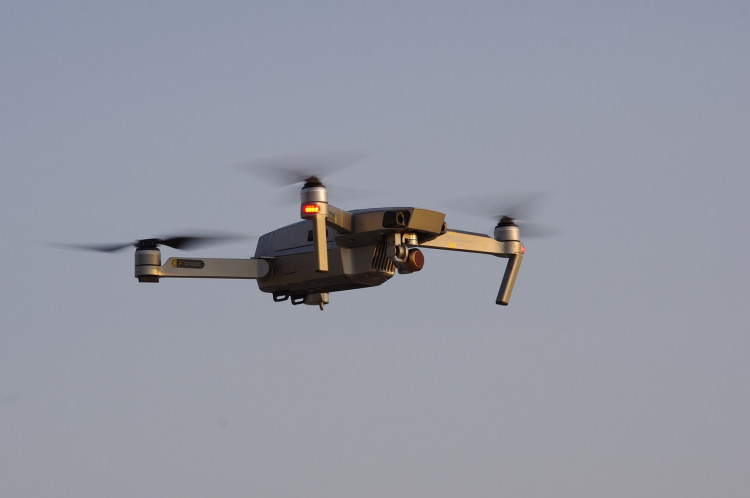Recent drone incursions over U.S. military bases have raised alarm about national security vulnerabilities and highlighted the lack of a coordinated government response to the growing threat. Over the past few weeks, unauthorized drones have been spotted at installations across the country, including Marine Corps Base Camp Pendleton in California, Wright-Patterson Air Force Base in Ohio, and Picatinny Arsenal in New Jersey.
The incidents, while not directly threatening military operations, reveal significant gaps in policy and coordination between military and civilian agencies. Gen. Glen VanHerck, the recently retired head of U.S. Northern Command and NORAD, expressed frustration over the issue. "We're one year past Langley drone incursions and almost two years past the PRC spy balloon. Why don't we have a single [point of contact] who is responsible for coordination across all organizations in the government to address this?" VanHerck said in an interview with CNN.
At Camp Pendleton alone, six drone incursions occurred over six days this month, according to a Marine Corps spokesperson. A Chinese citizen and lawful U.S. resident was arrested in connection with one of the incidents in California. Although these drones posed "no threat to installation operations," their presence underscores vulnerabilities in the military's ability to detect and respond to such incursions.
Despite the frequency of these events, officials remain uncertain about the motives behind the drones. Theories range from intelligence gathering or defense testing to inadvertent trespassing by hobbyists. John Kirby, National Security Council spokesman, stated, "I can't rule out the fact that we might find some sort of illegal or criminal activity, some nefarious activity, (but) all I can do is tell you that right now we see none of that."
Military installations have the authority to neutralize drones if they pose a direct threat within their airspace, but responsibility shifts to civilian law enforcement once the drones leave restricted zones. This fragmented approach often results in gaps, particularly in remote areas where military bases operate. A former senior military official noted that determining the origin and intent of a drone can be challenging once it leaves restricted airspace.
Experts attribute part of the issue to outdated legal frameworks and a lack of prioritization. It's "such a relatively new phenomenon that the law has not caught up and the agencies have not adapted quickly enough," a Senate aide told CNN. Retired Air Force Brig. Gen. Rob Spalding emphasized the broader vulnerability, stating, "We have a perception that the fight will occur elsewhere... It's happening right now - in the cyber domain or information space - every single day here."
The Pentagon has acknowledged the issue and recently released a classified strategy to counter unmanned systems. Air Force Maj. Gen. Pat Ryder, Pentagon press secretary, said the plan aims to enhance detection and tracking capabilities and assign clearer roles for mitigating drone threats. Still, Ryder noted the military's limitations within U.S. borders. "We don't collect intelligence on American citizens," he said, pointing to strict legal constraints.
The urgency for legislative action has grown, with bipartisan calls for Congress to enact stronger counter-drone measures. A joint statement from the Department of Defense, Homeland Security, the FBI, and the FAA urged lawmakers to "extend and expand existing counter-drone authorities to identify and mitigate any threat that may emerge." Sens. Jack Reed and Roger Wicker, chairs of the Senate Armed Services Committee, have also warned that the U.S. "lacks adequate drone detection capability" and that clear lines of authority are needed among agencies.
The rise in domestic drone activity echoes the Chinese spy balloon incident of 2023, which captured public attention and revealed gaps in national security protocols. Drones, however, pose a more immediate risk. Defense officials have cited incidents where drones disrupted military exercises or surveilled sensitive sites such as Langley Air Force Base and White Sands Missile Range.






